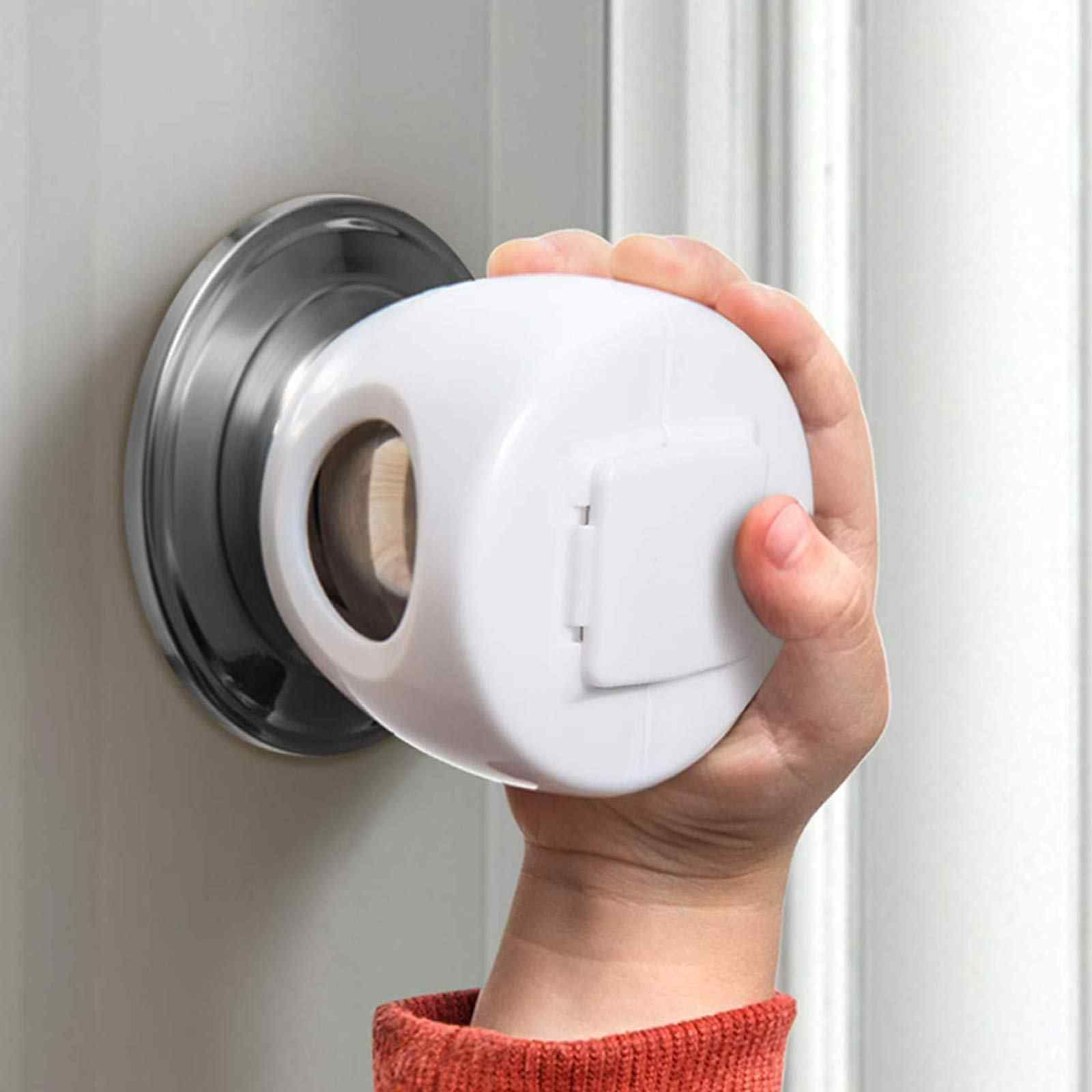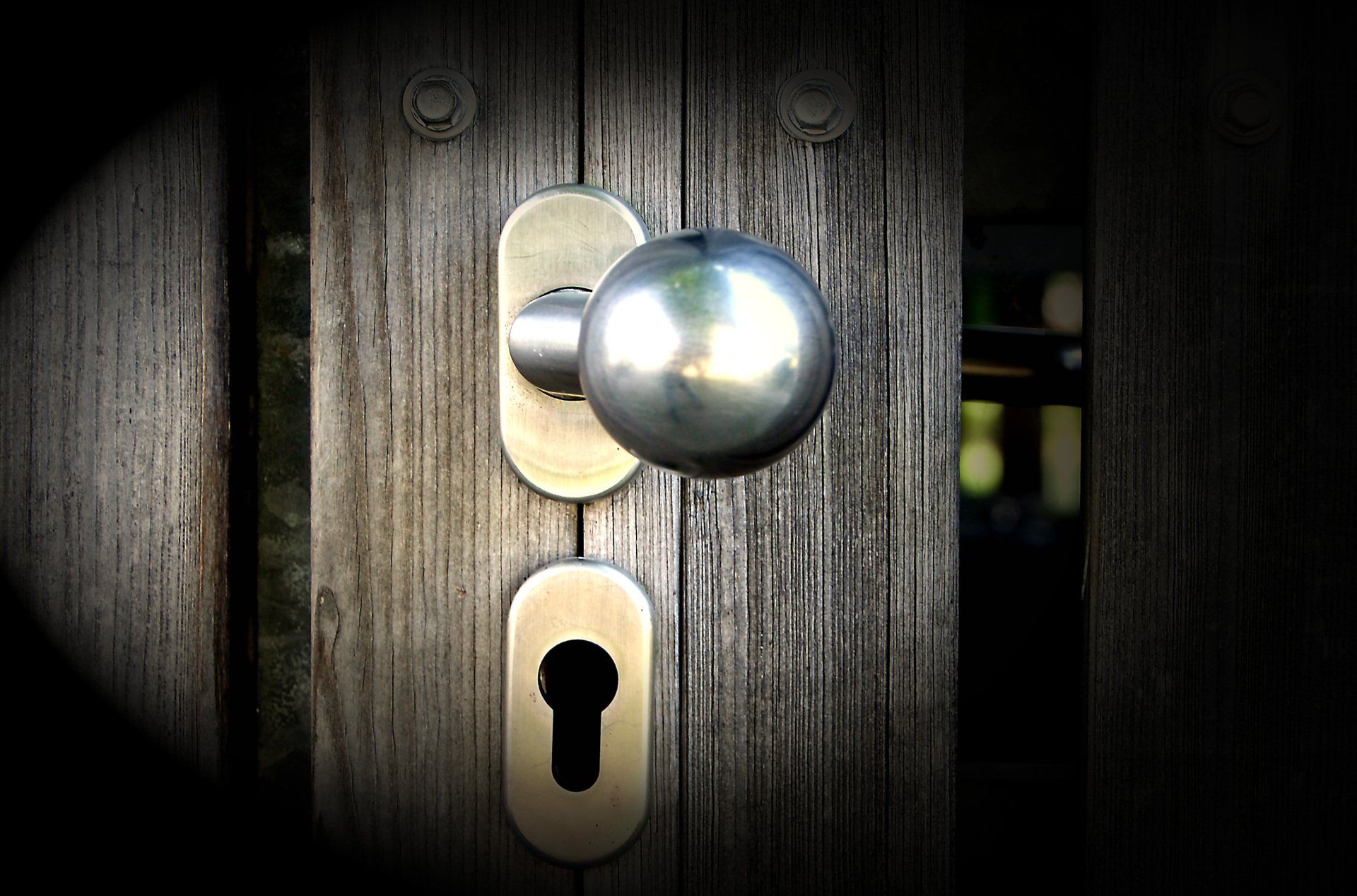Powered By O-Cor Doors
DIY Door Hardware Installation: A Step-by-Step Guide
Upgrading or replacing door hardware can significantly enhance the functionality and aesthetic appeal of your doors. Whether you're aiming to install new doorknobs, handles, or locks, this DIY guide will walk you through the process, ensuring a smooth and successful installation. Let's dive into the steps you need to follow for a straightforward DIY door hardware installation.

Preparation is Key
Before starting, ensure you have all the necessary tools and components. Typically, you'll need a screwdriver, a drill (for some installations), the new hardware, and possibly a chisel and hammer if you need to adjust the size of the holes in your door. Measure your door's thickness and the diameter of the existing holes to select compatible hardware.
Removing Old Hardware
Start by removing the old doorknob, handle, or lock. This usually involves unscrewing the mounting screws on the interior side of the door. Once the screws are removed, you can pull both sides of the hardware away from the door. For deadbolts or locks, you'll also need to remove the latch and strike plate from the door edge and door jamb, respectively.
Preparing the Door
With the old hardware removed, check if the existing holes align with your new hardware. If the holes are too small, you may need to enlarge them with a drill. If they are too large, you might need to install adapter plates. For completely new installations, you'll need to mark and drill holes according to the manufacturer's template.
Installing New Hardware
Insert the new latch or bolt into the hole on the edge of the door, ensuring the tapered side faces the direction the door closes. Secure it with screws, then align the exterior part of the new hardware (e.g., the knob or lock) with the latch or bolt. Once aligned, insert and tighten the mounting screws to secure both sides of the hardware to the door.
Adjusting and Testing
After installation, test the operation of the knob, handle, or lock to ensure it functions smoothly. If you encounter resistance or misalignment, adjust the positioning of the latch or strike plate. This might involve loosening the screws and slightly shifting the position or using a chisel and hammer to deepen the recess in the door jamb for the strike plate.
Finishing Touches
Once you're satisfied with the installation, make any necessary aesthetic adjustments, such as installing decorative plates or caps to cover screws. Clean the area around the new hardware to remove fingerprints and debris, ensuring a professional-looking finish.
Safety and Security
While DIY installation can be straightforward, ensure your new door hardware meets all safety and security requirements, especially for exterior doors. Consider consulting with a professional if you're installing advanced lock systems or if your door requires significant modifications.
DIY door hardware installation can be a rewarding project that updates the look and functionality of your doors. By following these steps and taking your time to ensure accuracy, you can achieve a professional-quality installation while saving the cost of hiring a professional. Remember, the key to a successful DIY project lies in preparation, patience, and attention to detail.
Contact Us Today!
Have a question? We are here to help. Send us a message and we’ll be in touch.
Contact Us
We will get back to you as soon as possible
Please try again later



Why Choose Us
Choosing Door Service Winnipeg Doors means partnering with a team that values integrity, craftsmanship, and customer satisfaction above all. Our hands-on experience ensures that every Door installation project is not just about meeting but exceeding expectations. We pride ourselves on delivering door service, quality work, and expertise. Let us transform your entrances into gateways of beauty and security.
